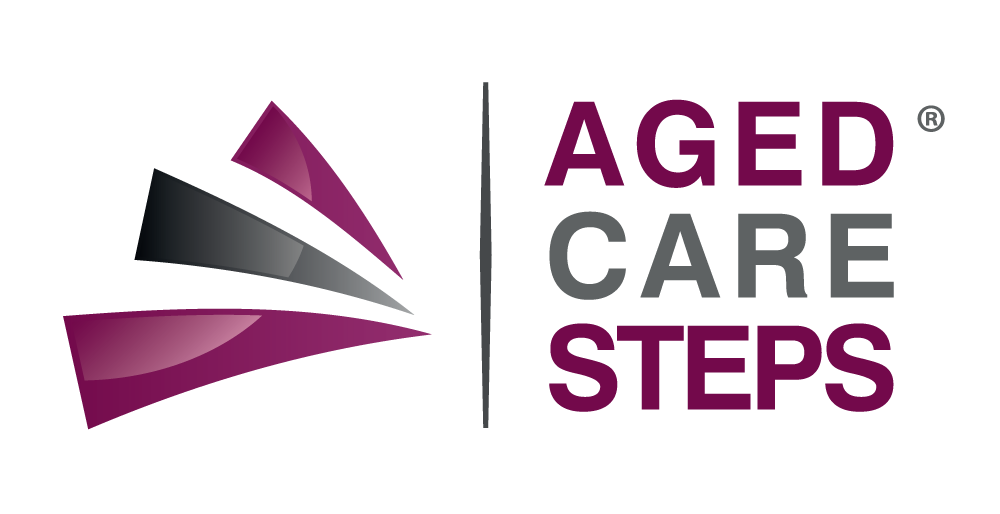Aged care room prices are increasing - what financial planners need to know
The cost of entering residential aged care is rising, and with the cost of a room likely to be the single largest upfront expense, this will concern clients. The cost has been increasing over the last six months, but further changes are still ahead.
Since January 2025, the average Refundable Accommodation Deposit (RAD) has increased by approximately $46,000*, sitting at $572,589 as of July 2025 (up from $526,859 in December 2024). This represents an 8.7% increase over just six months.
Clients who opt to pay the Daily Accommodation Payment (DAP) instead of a RAD may also feel the impact. A higher room price results in a higher DAP for those who choose the daily fee option and can add thousands in annual “rental” costs.
What’s driving the change?
There are two main catalysts for this recent pricing surge:
RAD threshold increase - on 1 January 2025, the maximum allowable RAD (before approval is required) increased from $550,000 to $750,000 (further indexed to $758,627 on 1 July). This change has given providers space to lift their prices across the board.
Financial pressures on providers - aged care providers are facing rising operational costs, and many are adjusting pricing strategies to remain viable.
Since the threshold change in January, around 1,200 residential aged care services have increased their accommodation prices, not just at the premium end, but also for entry-level rooms. However, not all room prices increased – data shows that 80 services reduced their highest room price.
What’s still ahead?
For clients entering aged care from 1 November 2025, a major change will come into effect which may result in an even more significant cost impact.
Under the new Aged Care Act, RADs paid by a person moving into care from 1 November will have up to 2% per annum deducted as a retention amount, for up to 5 years. This means clients could forfeit up to 10% of any RAD paid.
Clients paying a DAP instead of the lump sum RAD will see those daily payments indexed by CPI every six months (20 March and 20 September). This will increase the rental cost over time and must be factored into cash flow planning.
Case examples
To illustrate the potential impacts, here are three simplified examples:
Adam entered care in December 2024 and paid a RAD of $526,000. He will have the full amount (less any ongoing fees he requests to be deducted) refunded to his estate when he passes away. If Adam chose to pay the DAP at the interest rate of 8.38% per annum (applicable at date of entry), he would instead pay $120.76 per day ($44,079 per year).
Annabelle entered care during July 2025, paying a RAD of $572,000. She faces a higher room cost, but benefits from a lower interest rate (than Adam) if she chooses to pay the DAP. The current interest rate of 7.78% per annum converts the room price to a DAP of $121.92 per day ($44,500 per year). If the interest rate had stayed the same or gone up, the daily cost could be significantly higher. Any RAD paid is fully refundable unless she requests ongoing fees to be deducted from the balance.
Arturo enters care after 1 November 2025, also paying a RAD of $572,000. Under the new rules, up to 10% of his RAD may be retained over five years – a loss of up to $57,200 (the maximum will be less due to the diminishing balance impact). The balance of the RAD (less other ongoing fees requested to be deducted) is refunded. If the interest rate remains at 7.78% and Arturo opts to pay the DAP, his daily payment will start at $121.92 per day but will increase with inflation every six months.
All clients have the flexibility to split payments between a part RAD and part DAP, with the ability to optimise this split based on liquidity, cash flow, estate planning, and Centrelink impacts.
How you can help clients
Financial Planners play an important role to help clients understand the cost of aged care and the choices they have. Advice involves a complex and intricate set of issues - taking into account both personal and financial considerations - and needs to encompass not just the cost at entry but also take a longer-term view.
With increasing complexity and a shifting regulatory landscape, now is an ideal time to engage proactively with clients. A well-informed, forward-looking aged care strategy can make a meaningful difference to your clients’ finances and peace of mind.
Partner with Aged Care Steps for a range of educational and support services that can make the advice process easier and more efficient. Ask us how today.
* Data from Mirus Australia, July 2025.
